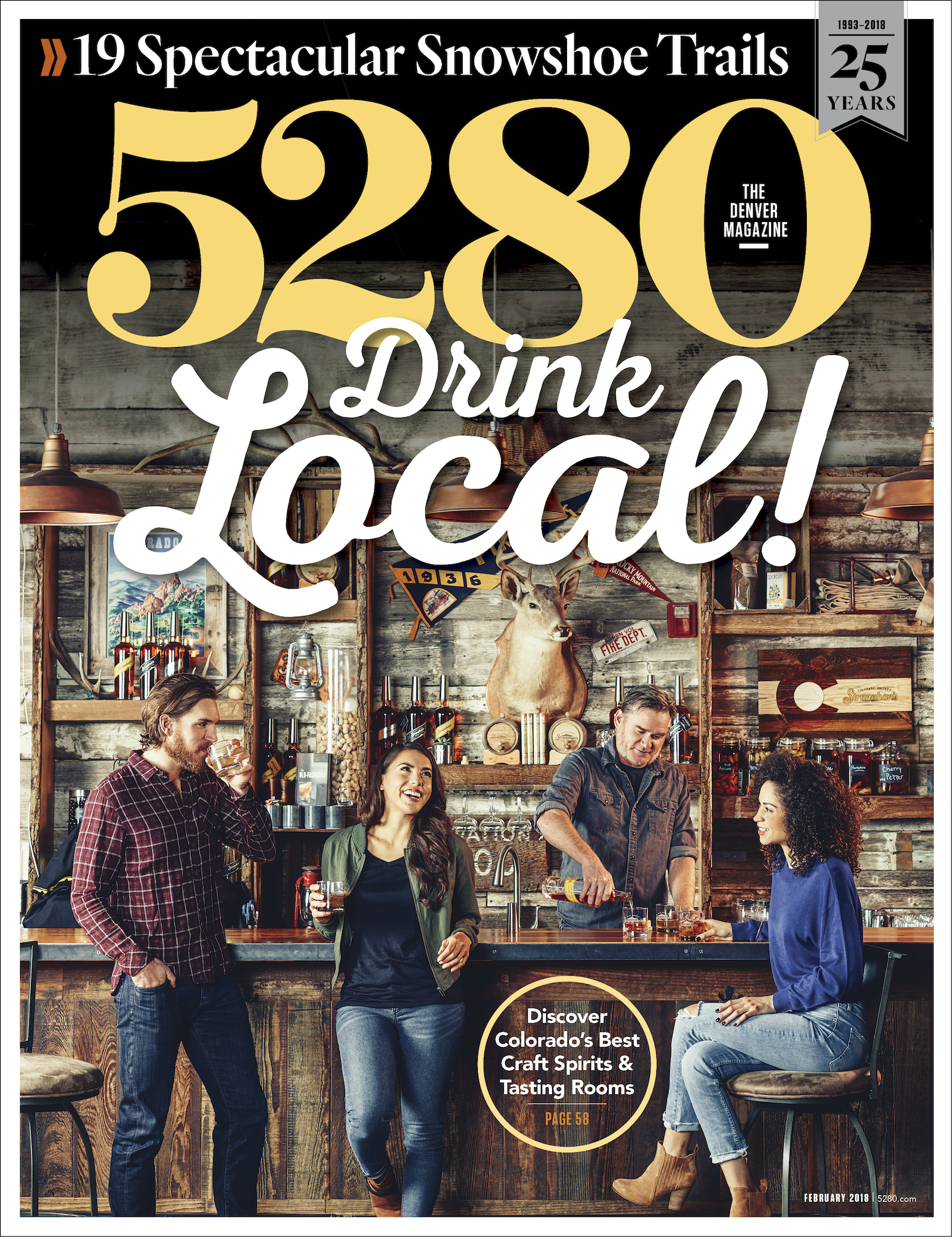The Local newsletter is your free, daily guide to life in Colorado. For locals, by locals.
Growing up in the Navajo Nation near the Four Corners region, Len Necefer climbed the Chuska Mountains in Arizona and New Mexico alongside plenty of other Native Americans. But when he moved to Colorado in 2016, he saw fewer faces like his on routes or hikes—and virtually none in the glossy backcountry photos that clogged his social media feeds. So the then 29-year-old launched the Instagram account @NativesOutdoors, both to highlight Indian adventurers and to alert the outdoor recreation industry of its image problem. In the process, Necefer acquired a few other high-profile followers: The Colorado Outdoor Recreation Industry Office recently tapped him to become part of its advisory group, and starting this month he’ll work with state agencies to gather input from American Indian populations across Colorado about the state’s outdoor recreation plan, which is due to be updated by January 2019. We caught up with Necefer to talk about the history of public lands, the art of communication, and whether Native American property could become the next mountain biking mecca.
Resumé
Name: Len Necefer
Age: 30
Occupation: Native American advocate; founder and CEO of Natives Outdoors
Why do you think it’s so important for Native American voices to weigh in about how public lands are used?
One hundred percent of public parks and public lands here have some indigenous history, and I think that’s often forgotten. In these discussions and public debates, it’s like, “Oh, we need the Native voice.” Sometimes it feels like an afterthought. Native people have been caretakers of much of these lands for thousands of years, so why not have them play a bigger leadership role in these discussions?
What makes you a good mediator between Native American leaders and state officials?
My dad is from Detroit and my mom’s from the rez, so I’ve learned how to operate in two very different cultures. It’s easy for me to spot where communication or understanding breaks down and do some reframing or basic education.
How could Native Americans benefit from outdoor recreation on their lands?
They’ve been stuck in the natural resource trap with coal, oil, and gas, and outdoor recreation is a way to do economic development that’s less destructive for the land. The other thing is, our communities face a lot of health disparities, and people are starting to look at how to create healthy communities and how to reconnect with the land.
In what ways?
The Ute Mountain Ute tribe in southwestern Colorado and the nonprofit Navajo Yes do this program where they take kids out on a big biking tour of the reservation. They’ll take elders with them or some folks with knowledge of the cultural resources. Kids will ride to these different places, camp, and learn about the history of the area. A Navajo Nation chapter government in Shonto, Arizona, also built some mountain biking trails, and I would say they’re Moab-level trail quality.
How else can the outdoor industry include tribes in the conversation?
A lot of outdoors companies want to organize outreach projects with tribes but might not know how, and that’s one thing I’ve been doing. The other is talking with companies about how to make their marketing more inclusive, from the perspective of both race and class. When you do a photo spread [that highlights landscapes with any indigenous history], say, “This photo shows indigenous lands.” That simple acknowledgment will go so far.









